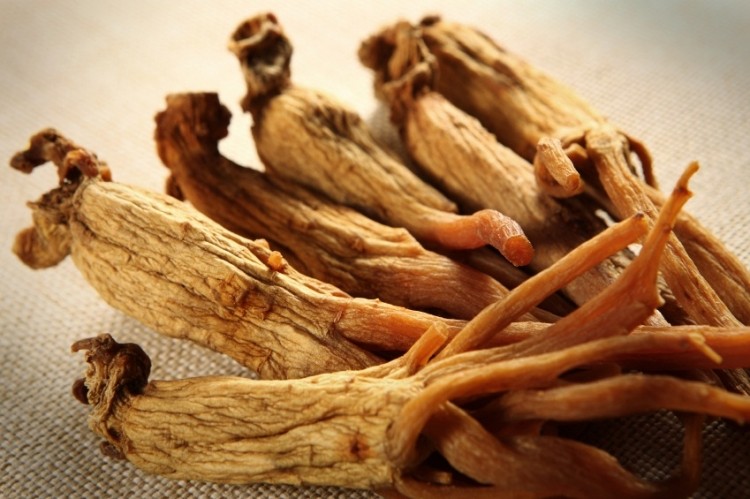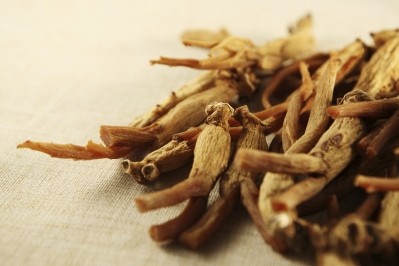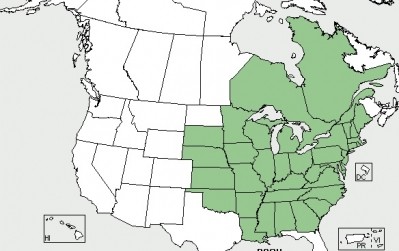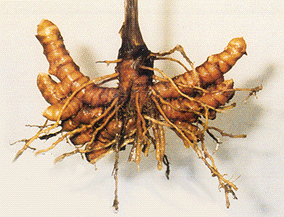Groups devoted to legal ginseng trade blast History Channel show glorifying poaching

The show, called Appalachian Outlaws, appears to be a typical mix for this type of program, namely little in the way of true documentary content and a hefty dose of contrived conflict. It is described by the network thusly: “The driving forces behind Appalachian Outlaws are our ginseng buyers and competitors, Tony Coffman and Corby Patton. Corby is moving in on Tony’s territory, trying to curb Tony’s empire and expand his own. But these mountains aren’t big enough for the both of them. Corby would like nothing more than to edge Tony out as the top ginseng baron of these hollers (sic).”
Glorifying poachers
The key point is that the show depicts illegal activity, said Susan Leopold, executive director of United Plant Savers. And it’s an activity that puts pressure on an endangered species.
“The History Channel show really glorifies illegal poaching,” Leopold told NutraIngredients-USA. “The show is making it look like it is cool to do this.
"A show filmed in (somewhere like) South Africa that glorified poaching of an endangered animal species like rhinos—would the international community not be outraged? But people are less concerned about plants and they just let this activity go on. The species is showing distinct signs of decline because of this inappropriate behavior,” she said.
Legal trade
And the show muddies the picture concerning ginseng as an ingredient, said Michael McGuffin, executive director of the American Herbal Products Association. It should not be forgotten that there is a thriving, legal trade in the plant.
“It is unfortunate that this show sensationalizes and glorifies the unlawful activities of a few ginseng harvesters and ignores the legal, well-regulated, $27 million annual trade in wild American ginseng. This can be an important economic factor in rural areas of Appalachian states.
“A more accurate portrayal of the ginseng industry would highlight the many positives associated with the substantial legal ginseng harvest — 22.7 tons of wild and wild-simulated ginseng was legally exported in 2012 according to the U.S. Fish and Wildlife Service (FWS).
“In addition to providing much needed economic resources, legal wild American ginseng collectors act as stewards of the plant and its habitat, contributing to the sustainability of wild American ginseng and preserving a long-standing American tradition,” McGuffin said.
Wild vs. cultivated
The ginseng market is divided between cultivated stocks, like those from central Wisconsin that are grown in raised beds under shade cloths, and wild crafted plants or plants grown in wild simulated plots within forests. The roots of the plants, though chemically similar, are different in appearance. The gnarled roots of the wild plants (which are extinct in China) that had to grow around rocks and other plant roots are sought after by buyers from Hong Kong, where essentially all of the US wild crafted harvest ends up. These buyers have no interest in the cultivated stocks, which end up as the source of ginseng as a food and beverage ingredient.
And demand from China is rising. While 70% of the world’s cultivated ginseng is grown in China, North American wild sources are prized for traditional Chinese medicine uses. With the rising affluence of Chinese consumers, prices for the wild crafted roots have reportedly risen to as much as $600 a pound.
Preserving the heritage
With the intention of reducing pressures on wild populations of American Ginseng and other threatened medicinal plants, United Plant Savers has identified and published 'At-Risk' and 'To-Watch' lists of key species in decline due to a variety of factors including over-harvesting. American Ginseng is listed in Appendix II of the CITES Treaty and United Plant Savers is reminding the public about federal regulations, laws and recent restrictions surrounding the harvest and sale of the species, and good stewardship harvesting practices such as those published by AHPA in collaboration with United Plant Savers and US Fish and Wildlife.
In the short term, there is no cause for concern, according to the US Fish & Wildlife Service. On Sept. 5, 2013, the agency issued a non-detriment finding for the 2013 harvest of American ginseng in 19 states and on the reservation of the Menominee Indian Tribe in Wisconsin.
But FWS cautioned that the ginseng must be harvested in the correct way, leaving plants younger than 5 years old in the ground. Enforcement efforts to try to catch poachers include marking roots with dye to identify illegally harvested plants.















